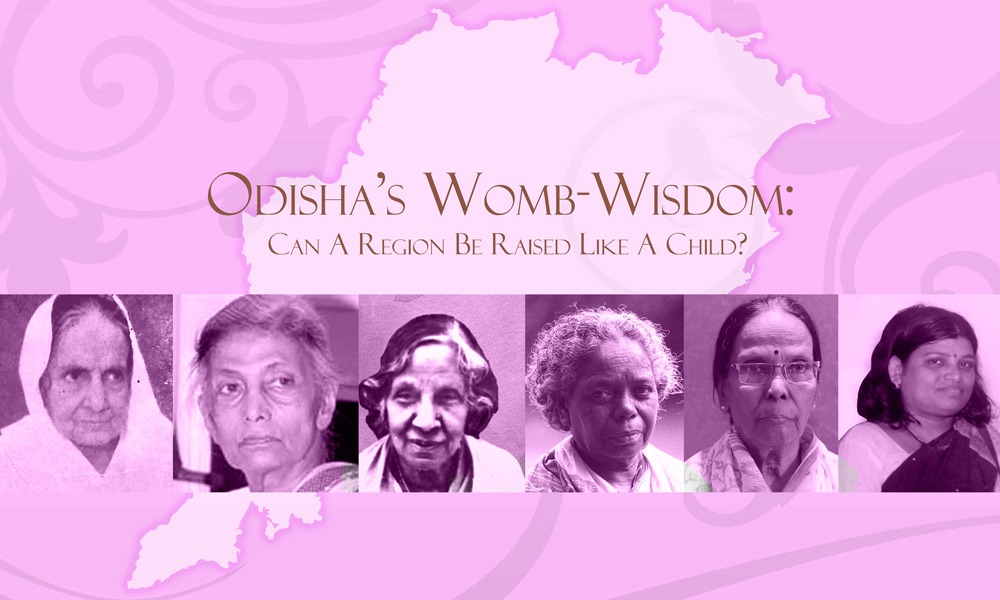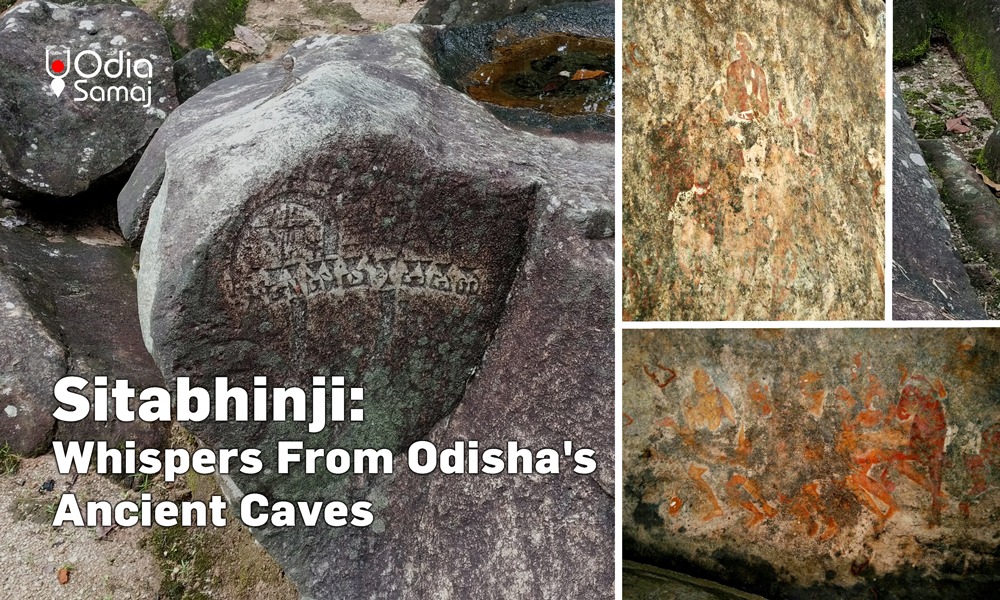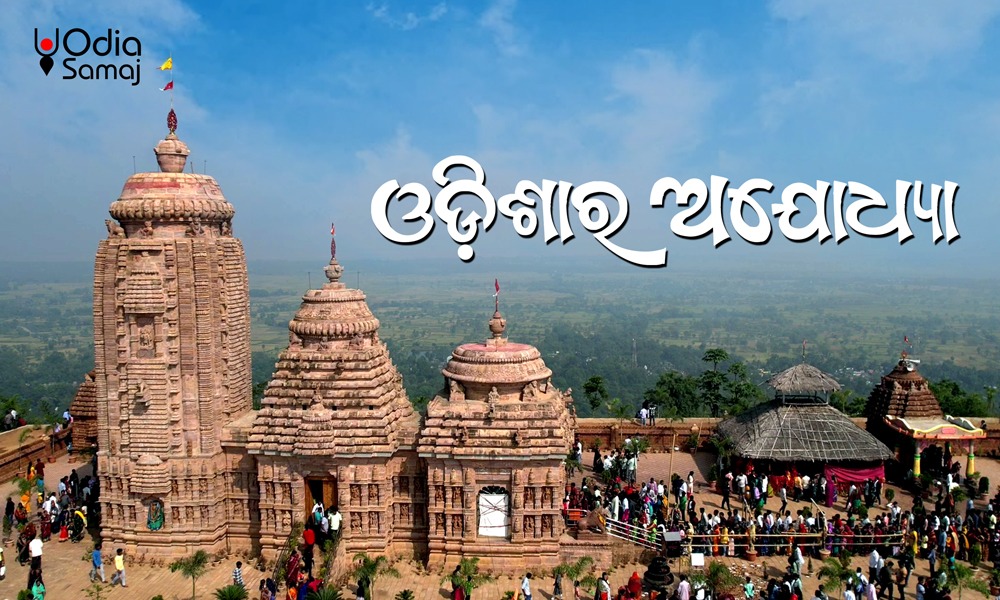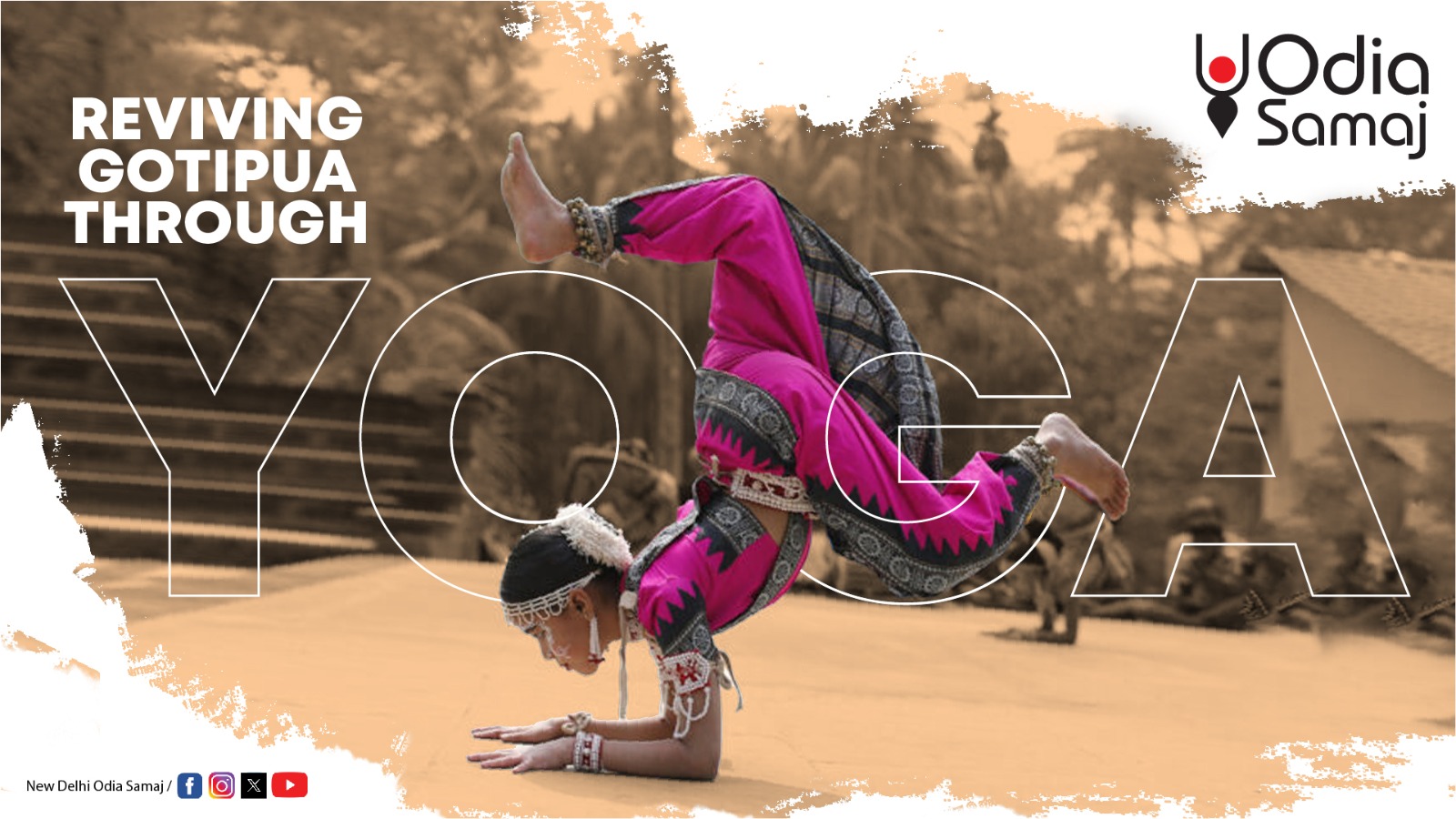Odisha's Womb-Wisdom: Can A Region Be Raised Like A Child?

What if a land, its people, and its culture were cradled and raised like a child? Wouldn’t it take a mother’s courage, grace, and unyielding resolve to shape it?
Odisha is no stranger to such mothers. Across generations, women of this ancient land have held the torch of change, education, music, literature, and activism. They weren’t just nurturers of homes, but of hope, justice, and identity. This Mother’s Day, we honour the womb-wisdom of Odisha—a tribute not to names on plaques, but to hearts that sculpted history.
Ma
Rama Devi: The Silent Thunder of Freedom
Born in Cuttack in 1899, Ramadevi Choudhury did not shout her rebellion. Instead, she stitched strength into khadi and courage into the hearts of women during the Non-Cooperation Movement. After independence, she shifted her energy from streets to schools, laying the roots for what would become Rama Devi Women’s University—a living testament to her belief in women’s self-reliance.
Source: https://en.wikipedia.org/wiki/Ramadevi_Choudhury
Tulasi
Munda: Carving Classrooms from Clay
Keonjhar, 1947. A girl dreams of alphabets while others carried firewood. Tulasi Munda turned her dreams into chalk and slate. With her bare hands and boundless will, she founded over 17 schools, educating more than 20,000 tribal children. Her work wasn't awarded for glory but for the generational glow it sparked in marginalised lives.
Sources: https://www.imeuswe.in/famous-families/Tulasi-Munda
https://www.unsung.in/tulasi-munda/
https://thebetterindia.com/100710/tulasi-apa-eradication-of-illiteracy/
Sailabala
Das: A Pen Dipped in Purpose
Born in 1875, Sailabala Das stepped foot in England not for vanity, but for vision. As the first Odia woman to study there, she returned not to boast, but to build. Through educational initiatives and the founding of Sailabala Women’s College in Cuttack, she planted the idea that knowledge is a right, not a reward.
Sources: https://en.wikipedia.org/wiki/Sailabala_Das
https://www.mycindia.com/college/details/ShailabalaWomensCollege
Nandini
Satpathy: Power, Penned and Practised
June 9, 1931 wasn’t just her birth date—it marked the arrival of a literary warrior and political pioneer. As Odisha’s first female Chief Minister, Satpathy’s governance was only half her legacy. A fierce writer and advocate for women’s justice, she proved that intellect and impact can walk hand in hand.
Source: https://en.wikipedia.org/wiki/Nandini_Satpathy
Manasi
Pradhan: Voice Against the Void
Born in 1962, Manasi Pradhan didn't wait for change—she authored it. Through her Honour for Women National Campaign, she challenged a nation’s silence on violence. In 2014, the Rani Lakshmibai Stree Shakti Puraskar merely echoed what many already knew: her advocacy isn’t just resistance, it's reform.
.
Sources: https://en.wikipedia.org/wiki/Manasi_Pradhan
https://www.womensactivism.nyc/stories/9809
Shyamamani
Devi: A Voice Woven in Raga
December 1938, Cuttack birthed not just a singer, but a soul-stirrer. Shyamamani Devi’s voice became the breath of Odissi music, gliding through generations. Her compositions not only preserved tradition but made classical music a living, breathing presence in everyday Odia life. Her Padma Shri in 2022 was a chorus of overdue recognition.
Source: https://en.wikipedia.org/wiki/Shyamamani_Devi
These women did far more than raise
children – they raised awareness. Their efforts weren’t limited to a phase, but
spanned their entire lives. They taught words, created music, led movements,
and shaped what was to come. This Mother’s Day, we honour not only those who
gave birth, but also those who gave direction, dignity, and hope to a whole
region.
Their idea of motherhood went beyond
their homes. It reached classrooms, political spaces, protest grounds, and
creative fields. Through their strength and steady will, Odisha didn’t just
move forward with time – it grew through the determination of its women.





